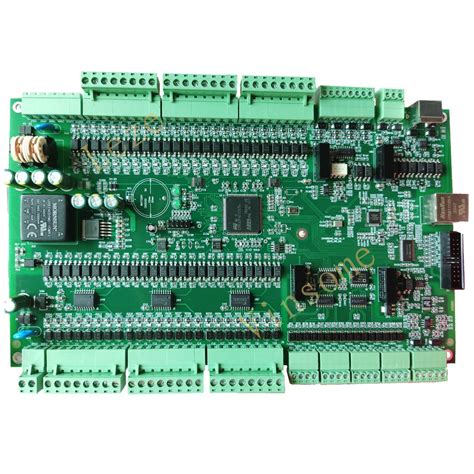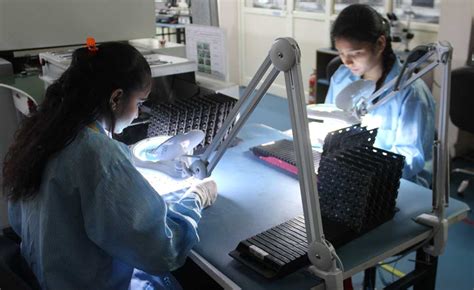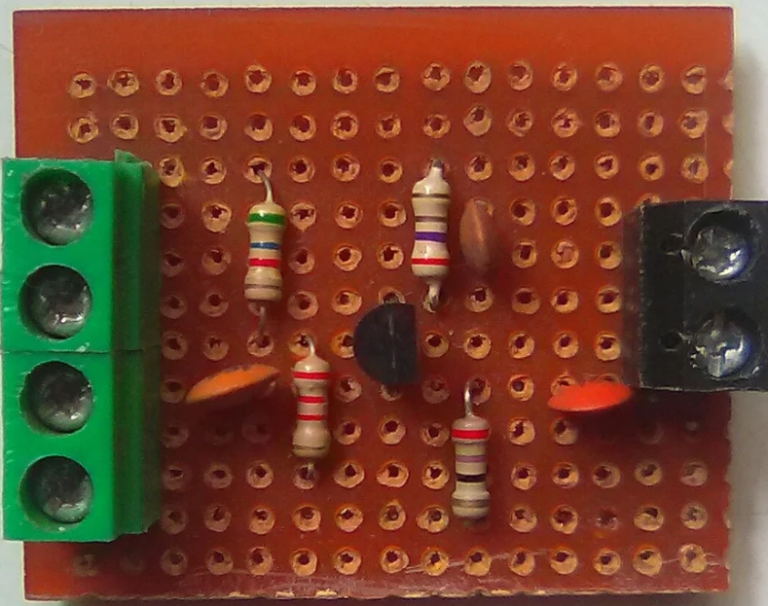Understanding PCBA Circuit Board Design and Manufacturing Techniques
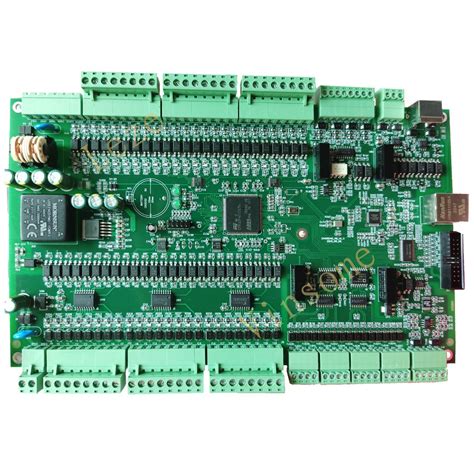
Key Takeaways
The PCBA circuit board represents a pivotal component in modern electronics, encapsulating intricate design and manufacturing elements that ensure optimal performance in various applications. One of the primary takeaways from understanding pcb assembly is the critical role of key components within the overall structure. These components include resistors, capacitors, and integrated circuits, which must be meticulously selected to enhance the functionality and reliability of the assembly.
Furthermore, it’s essential to consider the materials used in pcba manufacturing. Common materials like FR-4, a flame-retardant woven glass epoxy laminate, are popular due to their robust properties. A detailed overview can be found in Table 1 below, highlighting materials and their applications:
| Material | Properties | Common Applications |
|---|---|---|
| FR-4 | Flame-retardant, stable | Standard pcbs |
| Polyimide | Flexible, high-temp resistance | Flexible pcbs |
| CEM-1 | Cost-effective | Low-volume prototypes |
Adopting best practices in the design phase significantly contributes to effective pcb assembly. Designers should prioritize a well-thought-out layout that minimizes electromagnetic interference and maximizes thermal management while accommodating manufacturing tolerances. Ultimately, embracing these techniques ensures a reliable final product that meets industry standards and customer expectations in an evolving technological landscape.
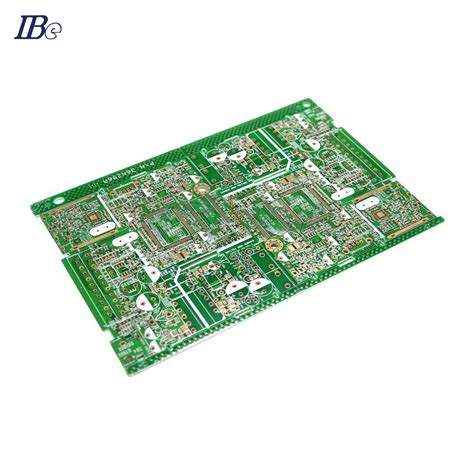
Introduction to PCBA Circuit Boards: An Overview
Printed Circuit Board Assembly (PCBA) plays a critical role in the modern electronics landscape, serving as the backbone for a wide array of devices. PCBA combines both the electrical and mechanical components, facilitating effective connections between various parts of an electronic system. The design of pcb assemblies requires careful consideration of different elements, including the layout of the circuit board, the choice of materials, and specific manufacturing techniques. Each aspect contributes to the overall reliability and efficiency of the final product. Understanding these fundamental processes is essential for engineers and designers in order to optimize performance and reduce costs. From initial schematic designs to the final soldering processes, mastering these practices can significantly enhance the functionality and durability of pcba solutions. Moreover, as technology advances, new methodologies in pcb assembly are continuously emerging, making it imperative for professionals to stay abreast of current trends in design and manufacturing practices.
Key Components of PCBA Circuit Board Design
The design of pcb assembly is a complex process that requires a keen understanding of various components that play essential roles in achieving functionality and reliability. At the core, pcba consists of several critical elements, including substrates, circuit traces, and components. The substrate, typically made from materials like FR-4 or CEM-1, serves as the foundation upon which all other features are built. Proper selection of the substrate material impacts the thermal and mechanical properties, ultimately influencing the performance of the assembled circuit.
Equally important are the circuit traces, which are made from conductive materials such as copper and designed to connect different components on the board. These traces must be meticulously laid out to minimize resistance and inductance, ensuring optimal signal integrity. Additionally, when incorporating components—be it passive resistors and capacitors or active ICs— designers must consider their specifications, power ratings, and placement on the board.
“A well-thought-out layout can significantly improve a pcb assembly’s overall performance, reducing errors in signal transmission and enhancing durability.”
Designers also rely on design tools to simulate electronic behavior before actual fabrication begins. This proactive approach empowers them to troubleshoot potential issues early in the design cycle, leading to more efficient iterations. Incorporating design guidelines such as keeping high-frequency traces short or maintaining proper grounding can further enhance assembly efficiency.
In summary, understanding these key components is crucial for achieving successful pcba designs that not only meet technical specifications but also result in high-quality products suitable for various applications.
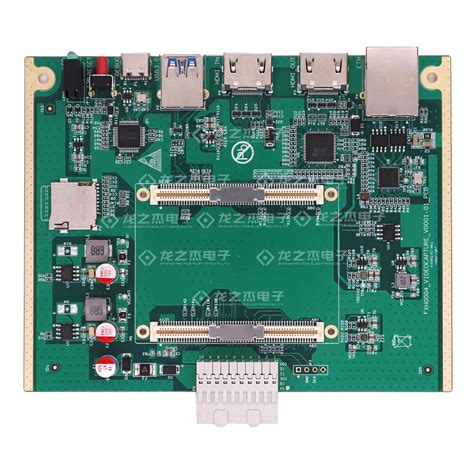
Materials Used in PCBA Manufacturing
The selection of materials in pcba manufacturing is critical to ensuring the performance and reliability of the final pcb assembly. The primary materials include substrates, conductive traces, solder materials, and various electronic components. Substrates such as FR-4, which is a glass-reinforced epoxy laminate material, are the foundation upon which pcba is built. They provide excellent electrical insulation and mechanical support for the circuitry. Conductive traces made from copper are then layered onto these substrates; they play a vital role in establishing electrical connections between components.
The use of high-quality solder materials, which may vary from lead-based to lead-free alternatives, is also paramount as it influences adhesion and overall durability of the joints in the pcb assembly. Each material selection not only affects electrical performance but also impacts thermal management and longevity. Additionally, specialized coatings or finishes like HASL (Hot Air Solder Leveling) or ENIG (Electroless Nickel Immersion Gold) are applied to protect against oxidation and ensure better solderability during the assembly process.
Furthermore, components used within a pcba, including resistors, capacitors, and ICs (integrated circuits), must be carefully chosen based on their characteristics—which include voltage ratings, tolerance levels, and size requirements. Thus, understanding the distinct properties of these materials is essential for engineers seeking to design efficient and reliable pcb assemblies, ultimately impacting the end-product’s functionality and lifespan.
Design Considerations for Optimal Performance
When designing a pcba (printed circuit board assembly), several critical factors must be considered to ensure optimal performance. First and foremost, the layout of the circuit board plays a pivotal role in minimizing signal interference and enhancing signal integrity. Designers must pay attention to the route of traces, ensuring that they are kept as short as possible to reduce resistance and inductance, which can degrade performance over time. Moreover, attention should be given to the placement of key components; sensitive parts such as ICs should be located away from high-power areas to prevent noise interference.
Additionally, thermal management is crucial; the design should accommodate adequate heat dissipation methods such as thermal vias or heat sinks, especially in high-performance applications where thermal stresses could impact longevity. The selection of materials also greatly affects the performance of a pcba. Utilizing high-frequency laminate materials for specific applications can result in improved electromagnetic compatibility (EMC) characteristics. Importantly, ensuring a suitable balance between weight and rigidity helps maintain structural integrity while allowing for efficient fabrication.
To maximize reliability further, designers should incorporate redundancy whenever feasible, such as using parallel paths for critical signals or power delivery routes. Lastly, considering manufacturing limitations during the early design stages can save significant time and resources; it’s vital to keep in mind processes like soldering techniques and component tolerances that could affect the final assembly quality of the pcb assembly. By integrating these design principles, engineers can create robust and efficient pcba solutions that stand up to real-world challenges.
Manufacturing Techniques for Efficient PCB Assembly
The process of pcb assembly involves several critical manufacturing techniques that ensure the creation of high-quality PCBA (Printed Circuit Board Assembly). One key technique is surface mount technology (SMT), which allows components to be mounted directly onto the surface of the circuit board. This method not only saves space but also increases assembly speed and reduces production costs. Another technique is through-hole technology, where components are inserted into drilled holes and soldered on the opposite side. This method is often used for components requiring greater mechanical stability, making it invaluable for specific applications.
In addition to these techniques, automated soldering methods, such as wave soldering and selective soldering, play a crucial role in ensuring reliable connections within PCBA. These processes minimize human error and enhance consistency, which is vital for mass production. Furthermore, the integration of advanced machines for pick-and-place operations greatly improves both efficiency and precision in assembling pcb assemblies.
Attention to detail during the manufacturing stage is paramount; thus, adherence to strict industry standards ensures that every PCBA meets performance and reliability expectations. By leveraging these modern techniques alongside high-quality materials and continuous process improvements, manufacturers can deliver efficient and durable printed circuit board assemblies that satisfy customer requirements.
Testing and Quality Assurance in PCBA Production
In the realm of PCBA (Printed Circuit Board Assembly) production, testing and quality assurance are paramount to ensure that the final product meets stringent performance standards. The process begins with functional testing, which verifies that each assembled pcb assembly operates according to its specifications. This involves simulating actual operational conditions to identify any potential failures before the product reaches the end-user. Additionally, in-circuit testing (ICT) is employed to check for correct component placement and solder joint integrity, providing a thorough assessment of the electrical characteristics of the assembly.
Visual inspections are also a critical component of quality assurance in PCBA production. By utilizing advanced imaging technologies, teams can quickly identify surface defects such as solder bridges or missing components on the pcb assembly. Furthermore, reliability tests—such as thermal cycling and vibration testing—are conducted to assess how well the assemblies endure environmental stressors over time.
The integration of automated testing systems enhances efficiency and repeatability in quality assurance processes. By employing these systems, manufacturers can achieve consistent results while reducing human error. As technology continues to evolve, there is an increasing emphasis on developing more sophisticated testing methodologies that can provide real-time feedback during production. This ongoing innovation within PCBA manufacturing ensures that assemblies not only meet quality benchmarks but also contribute to overall product reliability in a competitive market.
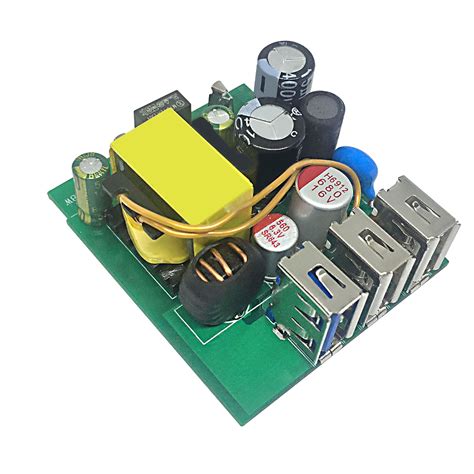
Best Practices for PCBA Design and Fabrication
Creating a successful PCBA involves adhering to several best practices that can significantly enhance the reliability and performance of the final product. First and foremost, understanding the principles of pcb assembly is essential; this encompasses both the design phase and the manufacturing process. During design, it is crucial to ensure that components are optimally placed to minimize signal interference and facilitate thermal management. This can be achieved by using simulation tools to predict behavioral outcomes, which allows designers to iterate and enhance their prototypes effectively.
Additionally, choosing high-quality materials can make a substantial difference in the board’s performance. Selecting suitable substrates and finish types contributes not only to functionality but also to longevity. It is vital to also consider factors such as board thickness, layer count, and surface finish when planning your pcb assembly, as these elements directly affect manufacturing capabilities as well as electrical performance.
Another best practice involves maintaining clear communication channels between design engineers and fabrication teams. This collaboration helps in identifying potential obstacles early in the process, ultimately streamlining production workflows. Additionally, regularly scheduled reviews during both the design and manufacturing stages can preemptively address quality control issues, ensuring superior outcomes in PCBA production.
Incorporating thorough testing phases throughout the assembly process ensures that any flaws are identified quickly, minimizing waste and maximizing efficiency. As technology continues to evolve, staying updated with current trends and innovations within pcba technology remains paramount for maintaining a competitive edge in the market. By implementing these practices diligently, organizations can achieve efficient operations while producing robust and reliable printed circuit board assemblies tailored for diverse applications.
Future Trends in PCBA Technology
As the electronics industry continues to evolve, the pcba (printed circuit board assembly) landscape is witnessing several exciting trends that are shaping its future. One prominent development is the growing demand for miniaturization, which drives manufacturers to create pcba solutions that occupy less space whilst maintaining high functionality. This trend is facilitated by advancements in materials and manufacturing techniques, allowing designers to incorporate increasingly complex designs into smaller formats. Moreover, the rise of smart technologies and the Internet of Things (IoT) necessitates highly reliable and efficient pcb assembly, compelling manufacturers to adopt better integration methods for electronic components.
Another significant trend is the focus on sustainability within the pcba manufacturing process. Companies are increasingly prioritizing eco-friendly materials and practices, aiming to reduce waste and environmental impact. This includes utilizing recyclable materials and minimizing energy consumption during production, which not only benefits the planet but also resonates positively with consumers and regulatory bodies.
Automated processes are also becoming prevalent in pcb assembly, enhancing precision and speeding up production times. This technological shift not only reduces labor costs but also leads to higher quality standards, as machines can produce tighter tolerances than manual assembly methods.
Lastly, as cybersecurity concerns become more prevalent, there is a pressing need for robust security measures integrated into pcba design. Ensuring that electronic devices are secure from tampering or cyberattacks is essential in fostering trust among consumers.
In summary, the future of pcba technology is closely tied to miniaturization, sustainability, automation, and enhanced security measures. Embracing these trends will be crucial for manufacturers seeking to remain competitive in an ever-changing technological landscape.
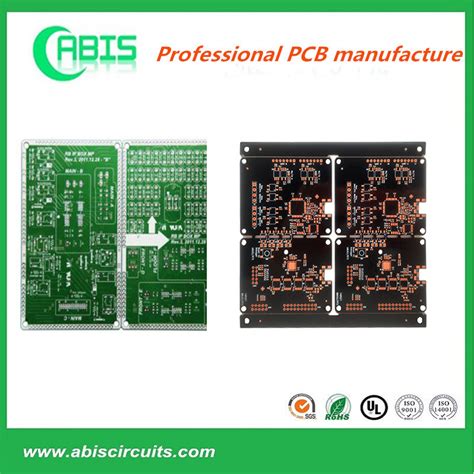
Conclusion
In summary, the development of PCBA (Printed Circuit Board Assembly) technology plays a critical role in the advancement of electronics across various industries. An understanding of pcb assembly processes not only enhances the efficiency and reliability of products but also leads to innovations that can adapt to ever-evolving market demands. By implementing best practices in PCBA design, such as careful consideration of component placement, the selection of appropriate materials, and rigorous testing methodologies, manufacturers can assure high-quality output. Moreover, staying informed about current trends will aid organizations in maintaining a competitive edge while ensuring that their pcb assembly solutions meet both performance and cost-effectiveness expectations. As businesses look towards the future, continuing to refine and innovate in PCBA techniques will undoubtedly establish stronger foundations for the next generation of electronic devices.
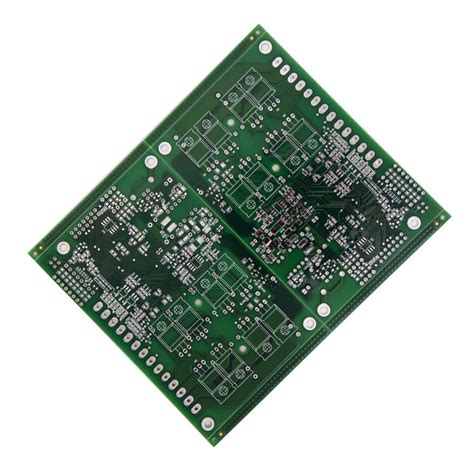
FAQs
What is PCBA?
PCBA, or printed circuit board assembly, refers to the process of soldering electronic components onto a circuit board to create a functional electronic device. This process is essential for ensuring that all components are properly connected and operational.
What are the key components of a PCBA?
The key components of a PCBA typically include the circuit board, solder mask, silkscreen layer, and various electronic components such as resistors, capacitors, and integrated circuits. Each of these elements plays a vital role in the overall functionality and reliability of the assembly.
What materials are used in PCBA manufacturing?
Common materials used in PCBA manufacturing include FR-4 glass epoxy for the circuit board, solder paste for joining components, and various types of electronic parts made from metals like aluminum and copper. High-quality materials are crucial for optimal performance.
What are the best practices for designing an efficient PCB assembly?
When designing a PCB assembly, it is essential to consider factors such as thermal management, component placement optimization, and minimizing signal interference. Applying good design practices not only enhances performance but also streamlines the manufacturing process.
How important is testing in PCBA production?
Testing is an integral part of PCBA production, as it ensures that each assembly meets design specifications and functions correctly before being deployed. Techniques such as Automated Optical Inspection (AOI) and functional testing can catch issues early in the process.

